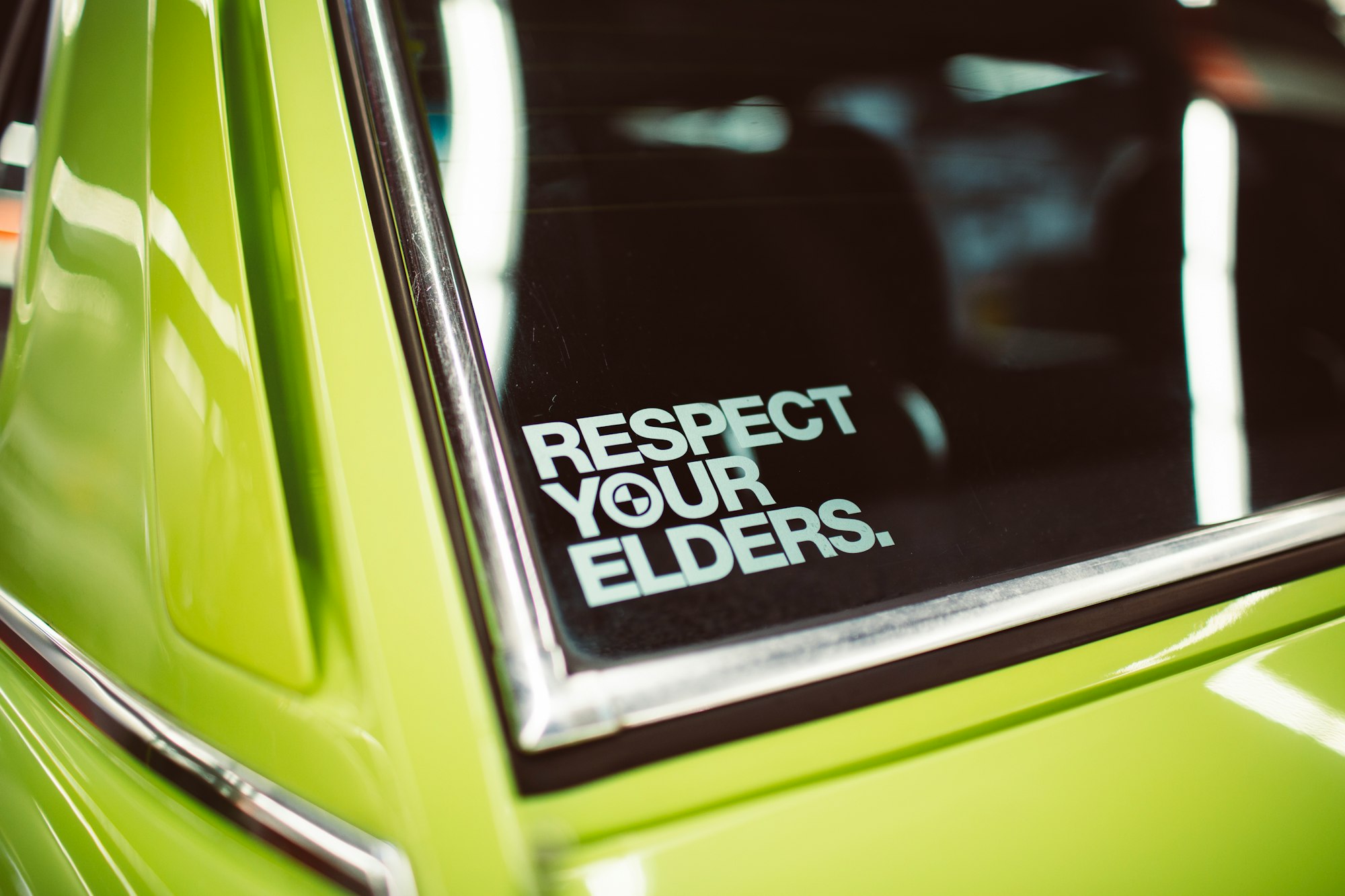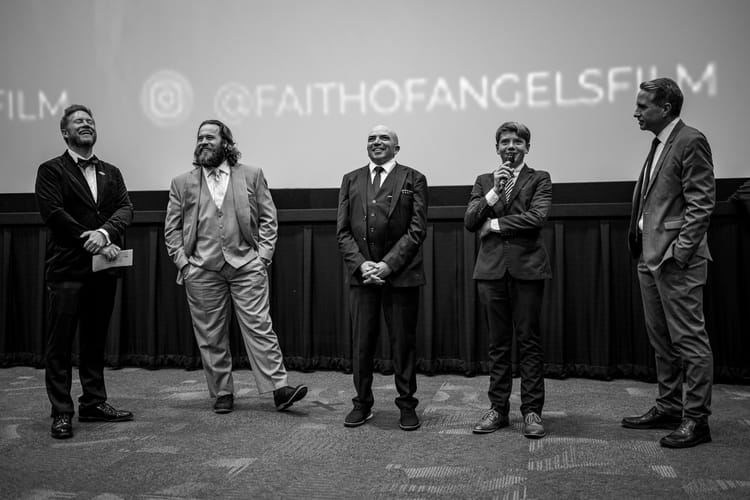Building During A Crisis

The first indie film I produced was a multi-generational endeavor. It had everything we discussed in this series, funded by boomers (and some Silent Generation donors); written, directed, shot, and produced by Gen X filmmakers; and starring Gen X and Millennial actors.
Initial tensions arose around financing, budget, and filming days due to the dynamics of a Gen X director and a Xennial line producer.
The story starred a Millennial actress playing a Gen Z protagonist. A male Gen X writer wrote it. Shaping the story required everyone’s talents to make it authentic and realistic.
Once production began, clashes between Boomer crew members and a Gen X 1st AD arose and had to be resolved to serve the movie. By the film’s end, everyone was sad it was over because of the bonds formed over those three weeks.
The movie premiered at the Toronto International Film Festival (TIFF) and was acquired by IFC Films.
The shift from viewing generational differences as obstacles to strategic advantages didn't happen overnight. For decades, Hollywood studios operated with rigid hierarchies that kept younger generations from having meaningful input. Projects frequently failed due to a lack of perspective to connect with changing audiences. The result? Billions spent on rejected franchises while independent, generationally-diverse productions captured market share with a fraction of the budget.
What changed? Crisis forced adaptation. When COVID-19 shut down traditional production methods, studios embracinginput from digital-native Gen Z teams shifted to remote workflows while others remained paralyzed. Those resistingchange saw projects collapse under the weight of outdated systems.
In times of crisis, it is essential for survival to utilize generational diversity.
Here’s how to do it:
Crisis Creates Opportunity
A sign of a crisis is the failure and dismantling of institutions. In 2023, we witnessed two Hollywood strikes, starting with the WGA Writers and later the SAG-AFTRA Actors. The Teamsters and other unions joined picketing, marching, and striking until the studios and streamers conceded.
During the strikes, this generational diversity proved invaluable. Boomer executives leveraged longstanding relationships to maintain dialogue. Gen X showrunners organized effective picket lines using experience from previous ones.Millennials amplified the message through social media campaigns that gained significant public support. Gen Z creators produced viral TikTok content that kept the issues front and center. No single generation could have achieved this impact alone.
The uncertainty of those months was just the beginning. Studios are downsizing, productions are moving overseas, and the industry is still struggling. There’s demand for new stories - movie ticket sales have risen every year since the 2020 COVID low. The increase in tools and software has overwhelmed supply - too many streamers, channels, and options.
We’re on the brink of fully AI-generated content, personalized and algorithmically fed to satisfy our desire for entertainment.
The race to the bottom has been won. The studios and streamers with the most money to invest will continue to shift their dollars to the most profitable content, even if that means eliminating the workforce that has created the product their companies were built on.
The traditional studio approach won’t work anymore. They have to adapt, but will be slow to do so. This presents anopportunity for small, nimble, independent filmmaking teams who understand the advantages of generational diversity.
Strategic Strengths Across Generations
Most of the current studio heads are Boomers (Iger, Zaslav, etc). Their industry knowledge and relationship capital are an asset, but they lack the speed and agility to pivot to new processes. They are “stuck in their ways” because those ways have served them throughout their careers.
Gen X’s strength is in leadership. They are rising during this crisis due to their pragmatic problem-solving, resourcefulness, and adaptability. In the next 5-10 years as Boomers retire, these leaders will take over Hollywood, marking a significant period of change.
Millennials are collaborative. They understand 1+1 doesn’t equal 2, but 3, 5, or 100. They coined the “collab” on YouTube and other platforms, rode the wave from analog to digital, and understand the importance of life:work balance. The stories that resonate in a crisis will come from Millennial writers.
Gen Z drives AI film innovation. They are digital natives, adapt rapidly, and desire authentic storytelling - even if the tools aren’t as proven or accepted by the industry.
Integrating these generations will create resilient and productive teams. Boomers can invest in leaders they resonate with, who have a plan and system to generate desirable outcomes. Gen X will partner with Millennial and Gen Z storytellers and filmmakers to create films that deeply resonate with audiences of all ages.
Setting aside egos is non-negotiable. If anyone joins a team and defaults to their worldview being “right,” it falls apart. There must be deep respect and curiosity to learn from each other, bolster each other, complement each other’s skills and talents, and work together. Fairness must be a core value of these teams and companies, where success is shared, emotionally and financially, for everyone to have a long career in this wonderful industry.
The Future Is Small and Strategic
The proof of this approach is becoming impossible to ignore. Year after year, major studio tentpoles fail despite $200M+ budgets and traditional marketing. Meanwhile, films embracing true generational diversity in their creative teams consistently outperformed expectations. They were not just making better art - they were making better business decisions by leveraging the unique strengths of each generation.
I think about the Wicked films released and to-be-released in 2024/2025. Boomers wrote and produced them, a Gen Xer directed them, and a diverse cast from Gen Z (Ariana Grande) to Boomers (Jeff Goldblum, Michelle Yeoh) star in them. Itwas the 3rd highest grossing film in 2024, and the best showing for Universal Pictures that year. It’s the third largest grossing movie for Universal, at over $750M worldwide.
Success isn’t exclusive to big studios with nine-figure production and marketing budgets. The “indie studios” of this crisis era can be generationally diverse, focused on story and authenticity, and utilize everyone’s strengths.
Due to industry democratization, we’ll see “studios” of 5-30 people. Fewer people can exert more leverage. The last decade’s mini-majors - Blumhouse, Neon, A24, and Angel Studios - required hundreds of employees to produce and distribute films. Soon, you’ll see strategic teams generating tens and hundreds of millions in revenue due to strategic teams and resilient production models.
Audiences don't care about movie production companies. They care about resonant stories, beloved actors, and the ability to watch anytime, anywhere. As my first indie film demonstrated, when we bring multiple generations together with mutual respect and shared purpose, we create something greater than one perspective could achieve. The future belongs to those who understand this truth: in crises, our differences aren't obstacles - they're our greatest advantage.
Embracing those truths during this crisis era is the path to success.
Next Chapter:








Member discussion